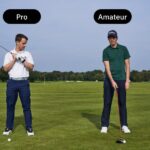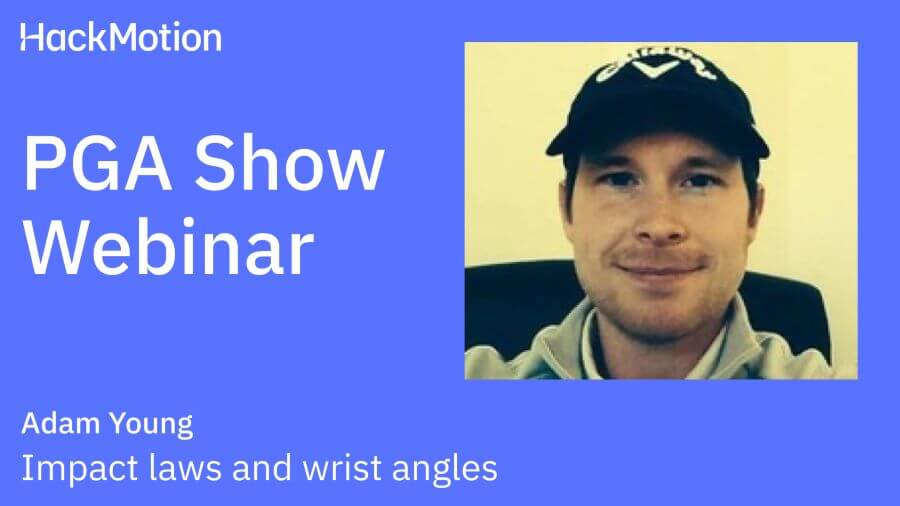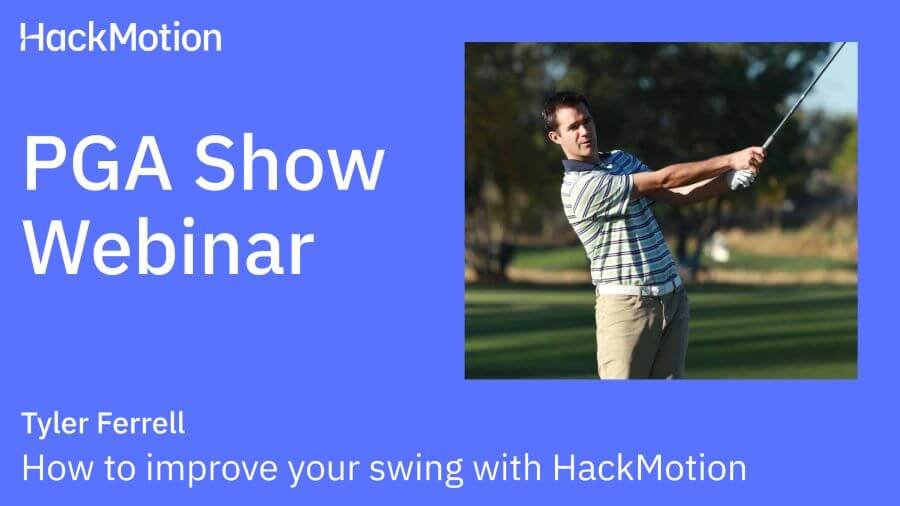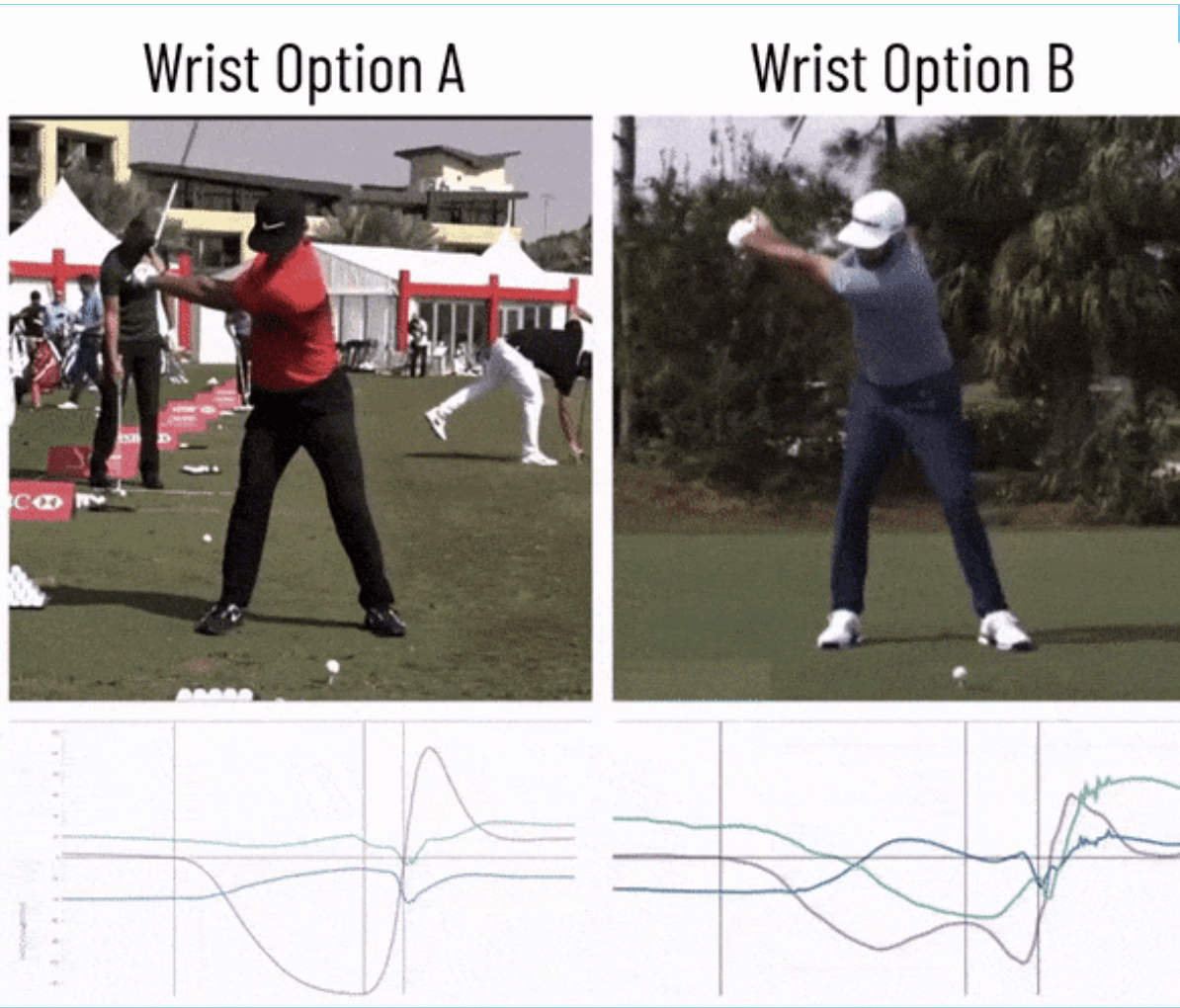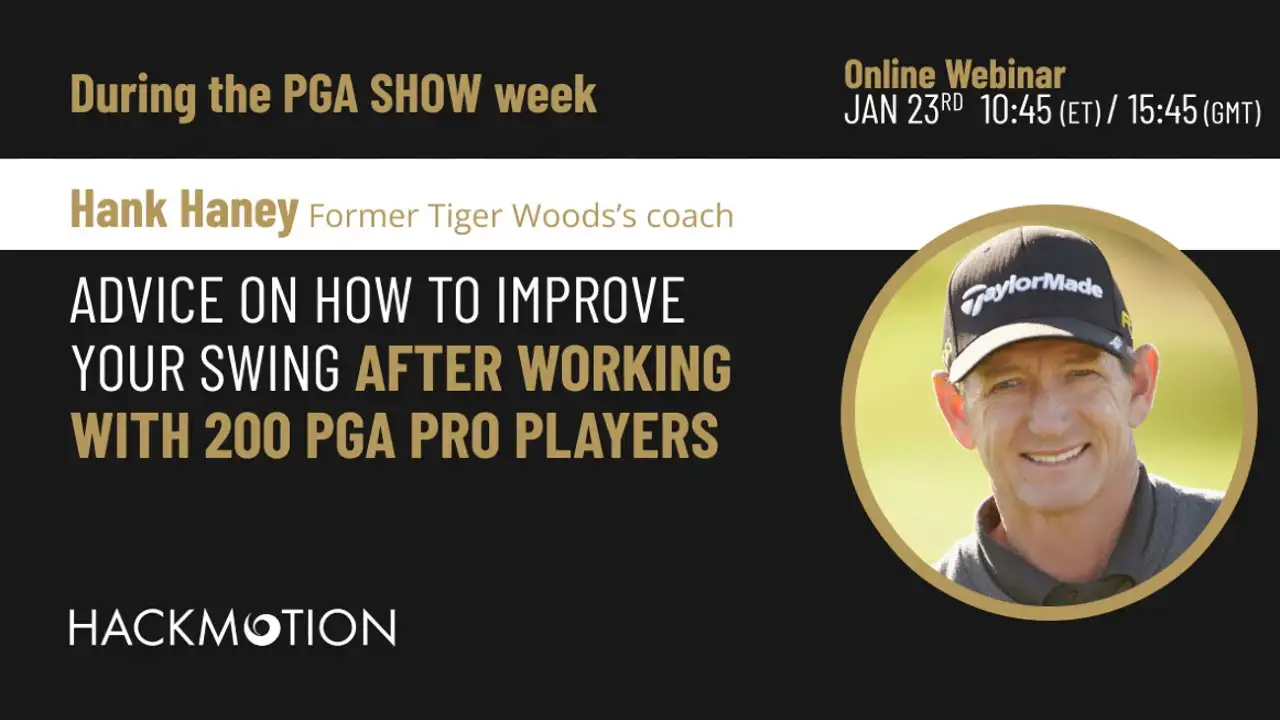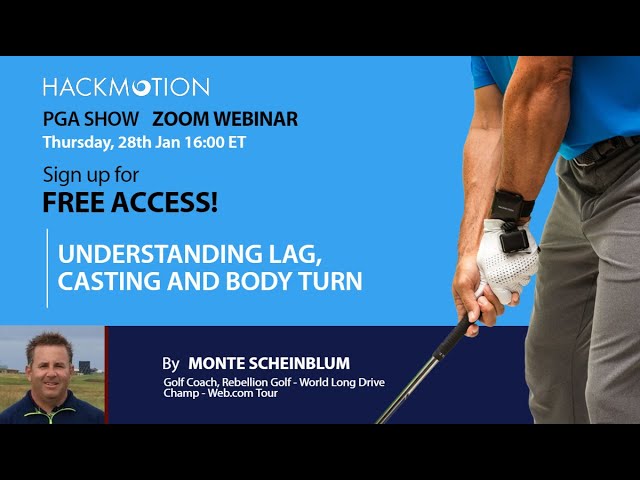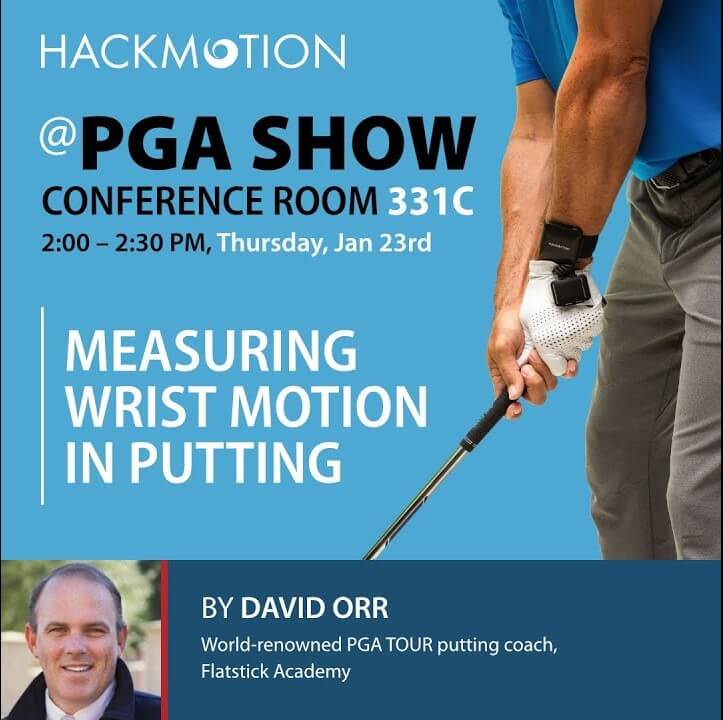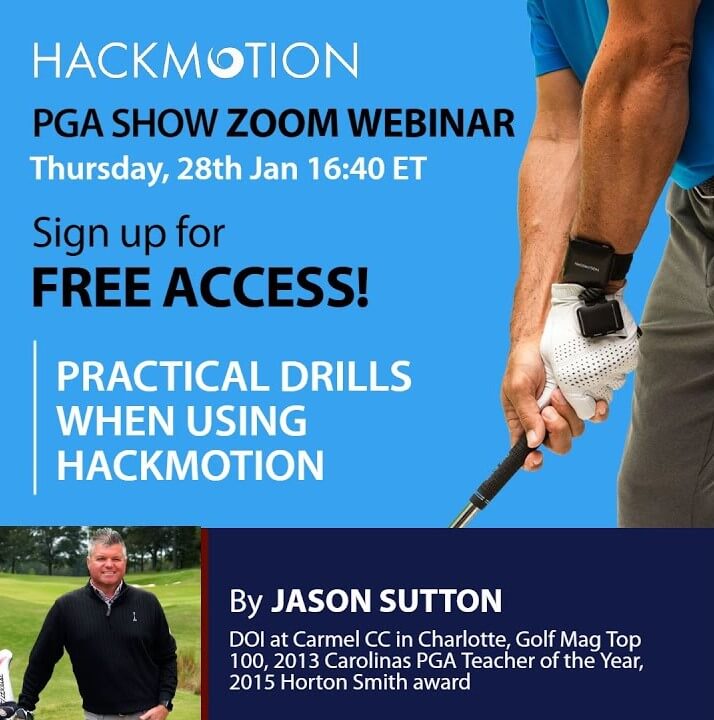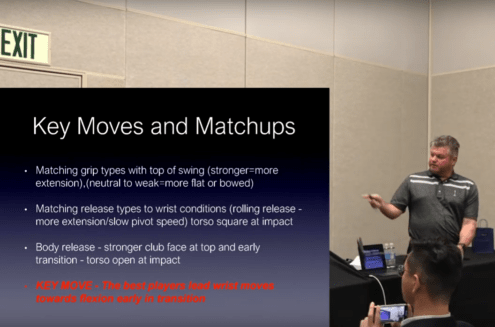Drills to Improve Clubface Control (by Jason Sutton & Robbie Failes)
Jason Sutton and Robbie Failes have first hand experience in teaching high level players how to improve wrist control and action throughout their swing.
In this video, they take a deep dive into what the “underload” pattern looks like and provide some practical drills on improving club face control.
One of the most interesting facts you will find in the article is how much deeper players can understand feel and position by wearing the HackMotion sensor; and sometimes wearing more than one sensor.
Key Takeaways
If you don’t have time to watch the entire video, bookmark it and return later. For now, this is the most important information you can take with you.
- Professionals are great at squaring the clubface early, and amateurs who can learn this feel and pattern will play better golf because of it.
- Underloading is when players are holding off a bit of the wrist cocking motion at the top of the backswing; amateur players tend to overload, which adds extension (cupping) and leaves you with an open clubface.
- Squaring the clubface right before impact (the typical pattern for amateurs) is a mistake that will produce inconsistent shots and decreased distance.
- Professional golfers use lead wrist flexion throughout their swing to generate power and close the clubface early.
Contents
The Underload Pattern
In this first video, coaches Jason Sutton and Robbie Failes demonstrate player swing examples and explain why they like players to square club face early, what the “underload” pattern is, and how they use HackMotion data to measure and improve swings.
Drills to Improve Clubface Control
In the second video, Sutton and Failes demonstrate practical drills how to improve club face control.
Having the drills combined with the proper technology is your key to mastery.
Sutton mentions that as great as drills are, sometimes slow motion swings are just as good for improving wrist mechanics.
1. Lead Hand Only and Trail Hand only
The Lead Hand Only and Trail Hand Only drills will train hands to move in the correct way individually, not allowing the other hand to interfere.
How to do the drill: Grip with the lead hand only, remove your trail hand from the shaft, and take slow motion swing. The drill trains supination (counter-clockwise rotation) of the lead forearm during impact.
2. Opened Trail Hand Drill
Hands are important in the golf swing, but they can’t be the only thing that moves the club. The Opened Trail Hand Drill helps players who do not move the club with their pivot and instead try to move it only with their hands.
They try to square it at the last moment by manipulating it with their trail hand. The result is a loss of power and consistency.
How to do the drill: Open the trail hand fingers and keep the palm on the grip. This will force you to keep trail hand pushing through impact, not allowing it to manipulate the club.
3. No Thumbs Drill
One of the classic moves that Sutton sees in players who overload is putting too much pressure and dependence on the thumbs. The No Thumbs Drill Helps players who have a tendency to “overload” at the top. The overloading will add too much wrist extension (cupping) and radial deviation (cocking).
This No Thumbs Drill drill promotes underloading and moving the club with the body pivot, not just the hands.
How to do the drill: Grip the club but then remove both thumbs from the grip. The pressure has to stay in the fingers, and it prevents too much extension at the top of the swing.
4. Ball Between the Arms Drill
The Ball Between the Arms Drill helps players who flip the club too much. The flipping results in a separation in their forearms at impact. The goal is to avoid arm separation before impact if you want more power and control.
How to do the drill: Place a soft ball between your forearms. Don’t squeeze it too much during the backswing, but as you start the downswing, start applying pressure and squeezing the ball. Your trail arm should feel the ball as it is coming closer to your lead arm. If the ball drops during a downswing, the arms have separated.
Final Thoughts
In addition to these practical drills used to improve club face control, you should be practicing often with your HackMotion and recording data. Having this data to access and ensure that it matches the feel is a very powerful combination.


